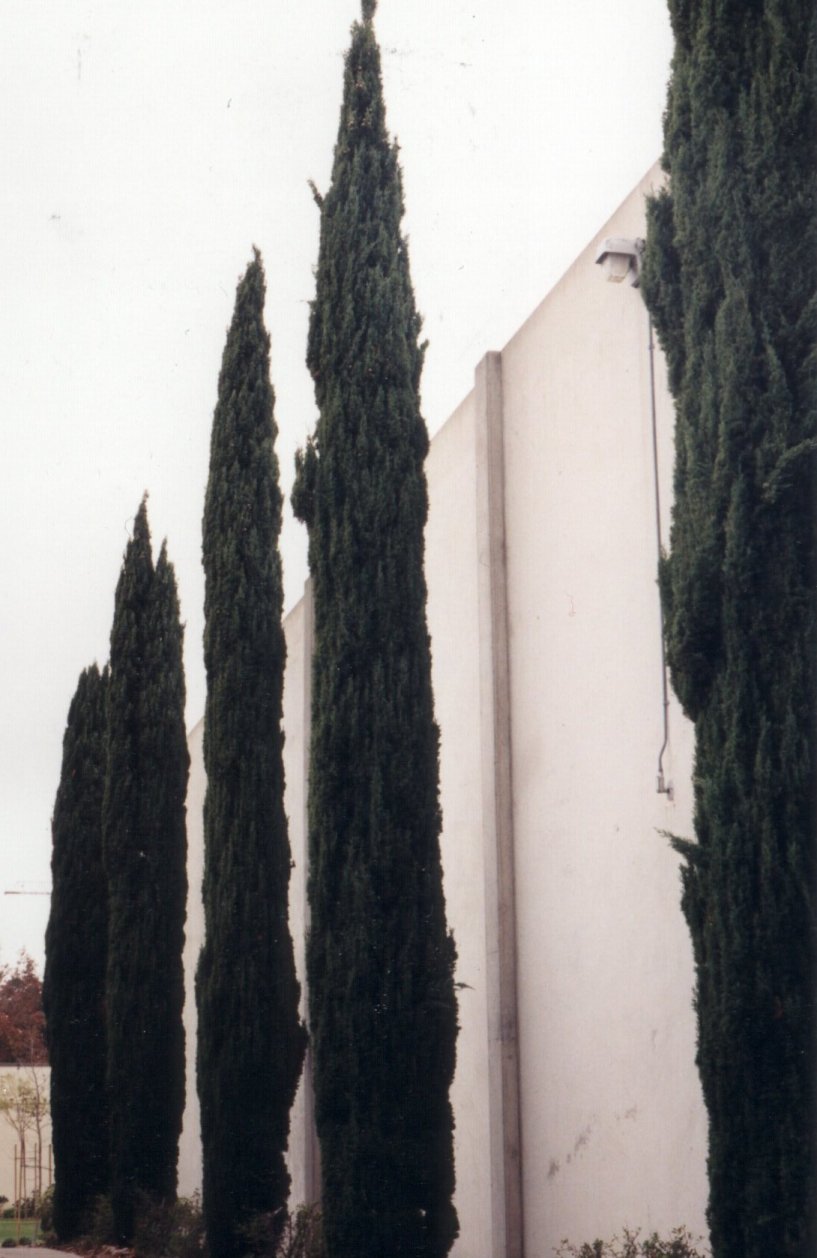
Common name:Italian Cypress
Botanical name:Cupressus sempervirens 'Stricta'
Italian Cypress is often associated with Italian and Spanish architecture, providing columns in the landscape. They often reach 60' tall. 'Stricta' is compact, columnar and produces long, straight branches with deep green foliage.
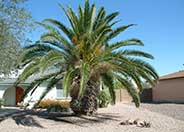
Common name:Canary Island Date Palm
Botanical name:Phoenix canariensis
The Phoenix canariensis is a large, wide-spreading palm with a crown of many long arching fronds. It needs ample room for proper growth.

Common name:Century Plant, Maguey
Botanical name:Agave americana
This plant is fast growing to about 6'-10' tall and 8'-13' wide. Wide gray leaves have stiff terminal spines and recurved teeth on margins. It prefers full sun and well-drained situations. After blooming, which could take several years, it will die but will send up new pups from around the base. Some people are allergic to the sap. Removal is difficult if unwanted.
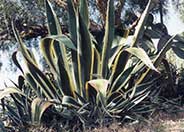
Common name:Variegated Century Plant
Botanical name:Agave americana 'Variegata'
This Agave has a creamy yellow margins around the edge of the leaves. It will grow 6'-10' tall by up to 13' wide. It is native to Mexico. It has a very open growth habit, with leaves that recurve along their length. -Mountain States Nursery

Common name:Mediterranean Fan palm
Botanical name:Chamaerops humilis
Slow growing to 20' tall but very hardy, the Mediterranean Fan palm is clump forming with rich green foliage. It can be used as a good container subject. It does best in full sun or partial shade. Petioles have sharp spines.
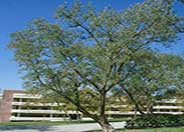
Common name:Olive, European Olive
Botanical name:Olea europaea
This broad tree will grow to 40' tall and has small, gray green leaves with fleshy black fruit that appears in fall.
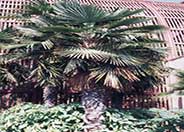
Common name:Windmill Palm, Hemp Palm
Botanical name:Trachycarpus fortunei
This easy-to-grow palm of medium height will mature to a size of 30' tall, and its slender trunk is covered with dense, heavy fiber topped with a crown of rich green, fan-shaped leaves.
Designer:
Photographer: GardenSoft
Physical weed control, including mulching, or hand removal protects the watershed from harmful chemicals.
Remove irrigation water and fertilizer from areas where you don't want weeds to grow.